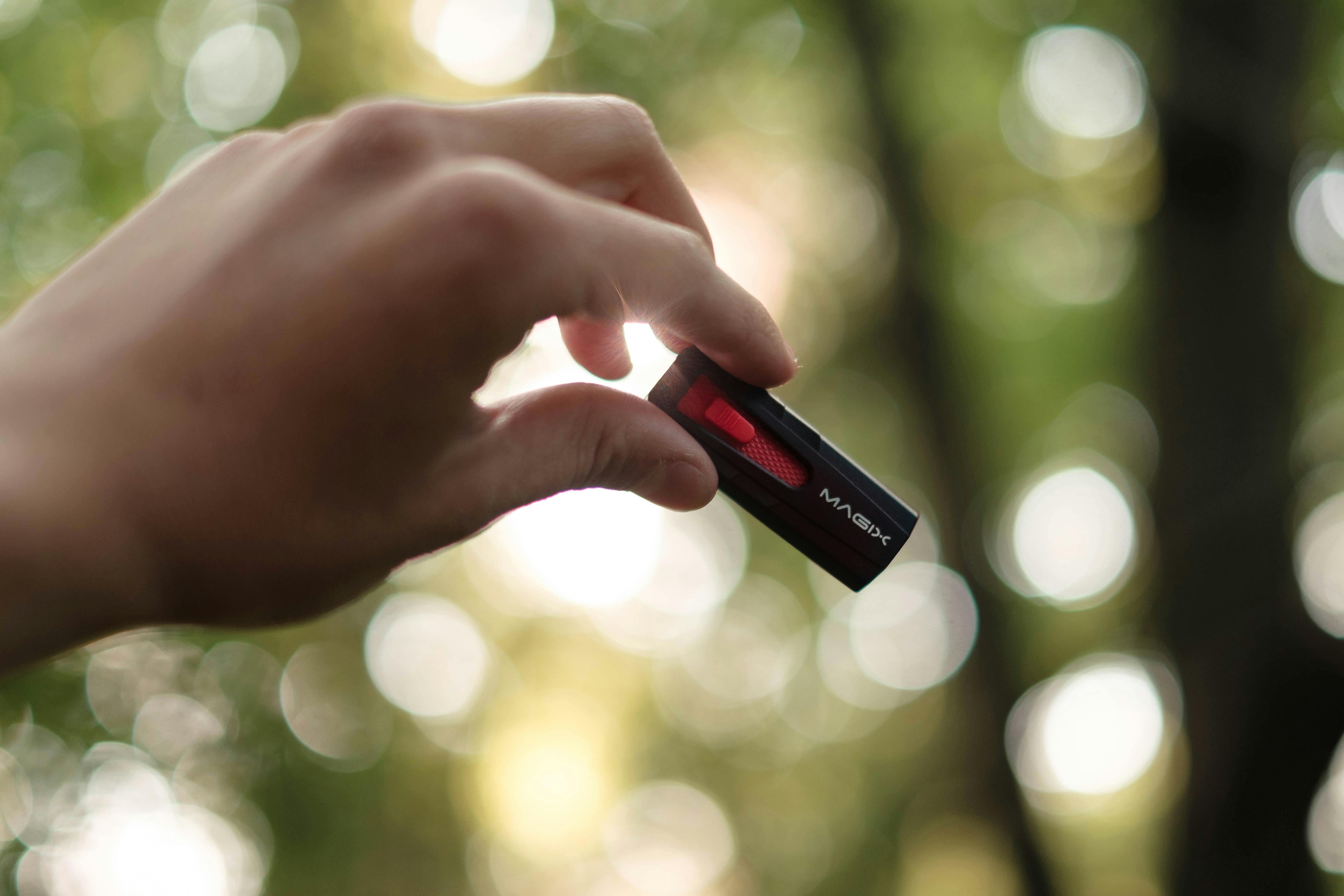Promotional USB flash drives continue to be an effective tool for brand promotions. These devices are useful for transferring and storing data and can also be great promotional items for your current or future clients. Customizing them and making them part of your marketing strategy can help increase your business’s brand awareness and create great impressions on the recipients.
However, with a wide range of options available, selecting the right custom flash drive can become an overwhelming task. This article will guide you through the essential considerations to ensure your choice aligns with your brand’s objective and reaches the right audience.


Here are key takeaways to know when selecting a USB flash drive:
The first step in selecting the right custom flash drive is understanding your audience. Consider the profession and technological proficiency of your audience. For example, if they are tech-savvy individuals, you may want to consider flash drives with higher storage capacity. On the other hand, if your audience is a broad range of consumers, a unique style may be more appealing to them. Either way, the focus should be on choosing something that will best fit their needs.
Once you’ve identified who the drives are for, you should consider the storage capacity of the flash drives. USB drives come in different capacities ranging from as small as 2GB to 512GB. The appropriate storage size depends on the intended use and if you plan to pre-load data onto the drives. If you plan on distributing high-resolution images or videos, a larger storage capacity is advised. If the flash drive won’t be preloaded with content, a smaller capacity may suffice and be more cost-effective. Here are some guidelines on storage capacities and what they are best used for.
It’s hard to know the device your audience will use their USB flash drives on. The most common types of connectors are USB-A and USB-C. Both ports can usually be found on newer laptops. However, some newer electronic devices may only offer USB-C ports, while older devices may only use USB-A ports. If your audience is more likely to use computers than mobile devices, a USB-A flash drive is likely to be compatible with their device. For mobile users, a USB-C is the best choice. There are dual flash drives that include both types of connectors and offer compatibility through various devices.
The transfer speed determines how quickly you can transfer files from one device to another. This varies according to the different versions of flash drives, which include USB 2.0, USB 3.0, and USB 3.1. If your target audience is someone who needs to transfer files quickly, going with a newer version is advised. Otherwise, you can save costs and go with an alternative version. The following are the suggested uses for each version of the flash drives based on their speeds.
After choosing all the technical parts of a flash drive, all that’s left is choosing the custom look that will best suit your brand. This includes choosing between styles, materials, and colors. Lastly, decide the print style you’d like to have your logo printed on the drive. Ensure your logo is legible and your custom flash drives are unique to stand out to your current or potential clients.
Custom flash drives are an excellent promotional tool that helps generate brand awareness. They are a cost-effective marketing method that allows a business to uniquely engage and connect with their current or future clients. USB flash drives can be customized in a variety of ways, so it’s important to know what to consider to best reach your audience.
Compare baguette and emerald cut diamonds - differences in style, durability, sparkle, and real user…
Unlock the secrets to promoting your tweets on Twitter! Boost visibility and engagement with actionable…
oday, mastering how to market yourself on social media is one of the most excellent…
Aligning your resume and LinkedIn profile to pursue EdTech roles is not simply cataloging skills—situated…
udience insights are a powerful tool for creating discoverable digital narratives. Combining these insights with…
Discover why cloud security is crucial for small businesses. Learn essential practices like multi-factor authentication,…